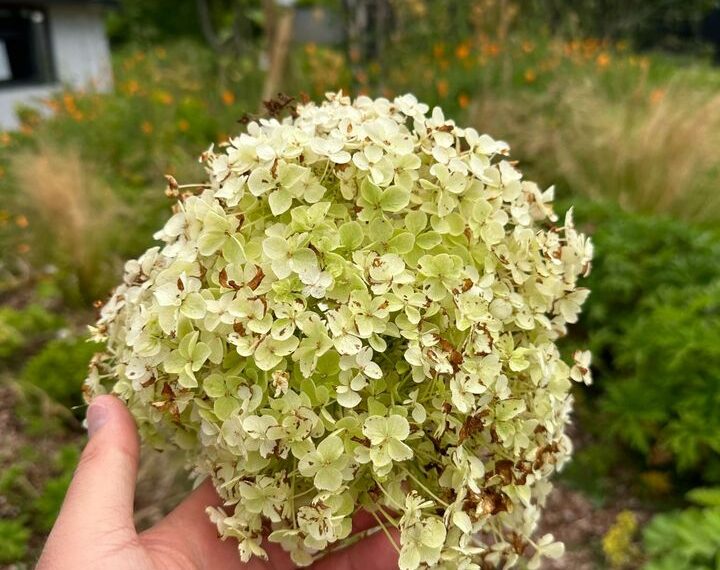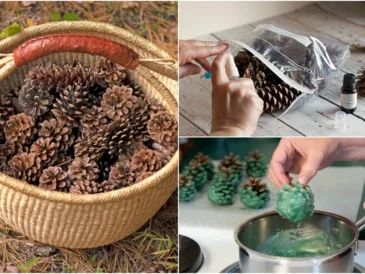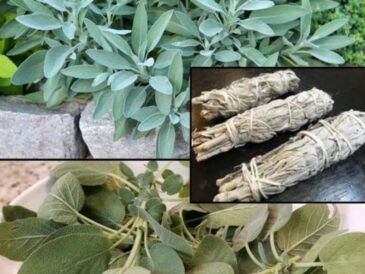3. Fertilizing for Next Year’s Growth
After the blooming season, your hydrangeas could use a little feeding to prepare for next year’s growth. Apply a slow-release fertilizer formulated for flowering shrubs. The type of fertilizer can vary based on the type of hydrangea:
- For Bigleaf Hydrangeas: If you’re aiming for blue blooms, use a fertilizer low in phosphorus (the middle number in the N-P-K ratio) and rich in potassium. If you’re aiming for pink blooms, a fertilizer with higher phosphorus is better.
- For Other Hydrangeas: A balanced fertilizer with equal parts nitrogen, phosphorus, and potassium (like 10-10-10) will work well. Be sure to water the fertilizer in well, but don’t over-fertilize as this can cause excessive leaf growth at the expense of blooms.
Fertilizing at this stage gives the plant the nutrients it needs to store energy for winter dormancy and next season’s growth.
4. Mulching to Protect Through Winter
As you prepare your hydrangeas for the colder months ahead, mulching is an essential step to help protect the roots from extreme temperature fluctuations. This is especially important in areas where winter temperatures drop below freezing.
- How to Mulch: Spread a 2-3 inch layer of organic mulch, such as pine bark, shredded leaves, or straw, around the base of the plant. Mulch not only insulates the roots but also helps retain soil moisture and suppress weeds.
- For colder climates: Consider mounding up the mulch around the base of the plant to provide additional insulation, especially for bigleaf hydrangeas, which are more sensitive to cold.
Once spring arrives, you can remove some of the mulch to allow for new growth and air circulation.
Bonus Tips:
- Watering: Continue to water your hydrangeas well during fall, especially if rainfall is scarce. This helps prepare the plants for winter dormancy. Hydrangeas are sensitive to drought, and going into winter well-watered will help them bounce back faster in spring.
- Pest Control: Fall is also a good time to inspect your hydrangeas for any signs of pests or diseases. Remove any affected leaves or branches, and consider using an organic fungicide if you’ve had issues with mildew or other fungal infections.
Conclusion
By taking these four steps—deadheading, pruning, fertilizing, and mulching—you’ll be setting up your hydrangeas for a healthy, robust blooming season next year. Although the flowers may be done for this year, your attention to these post-bloom tasks will ensure your hydrangeas remain strong and beautiful for many seasons to come.




